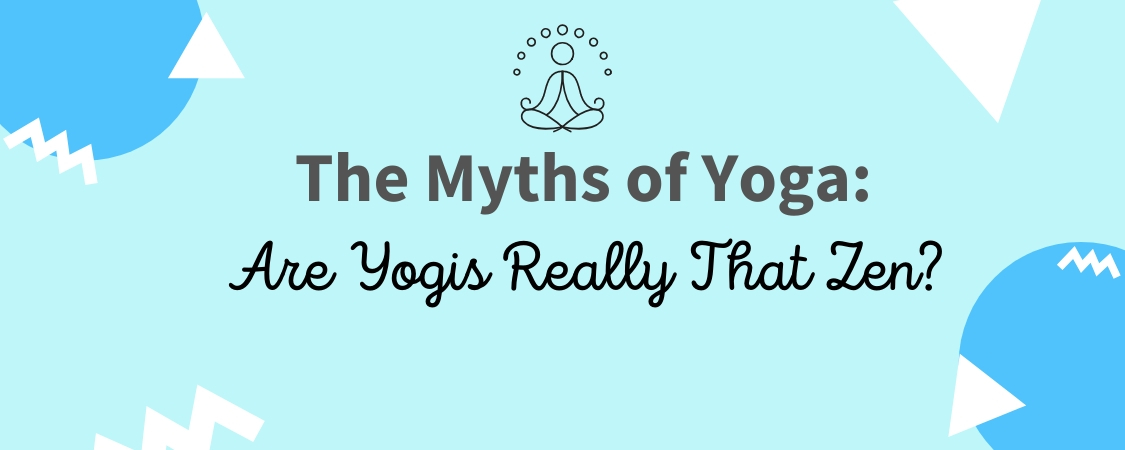
Fact or Fiction: The Myths of Yoga (Are Yogis Really That Zen?)
Fact or Fiction: The Myths of Yoga (Are Yogis Really That Zen?) https://www.citizenme.com/wp-content/uploads/2020/06/Copy-of-Yoga-knows-no-gender-3.jpg 1125 450 Anna Atanasova Anna Atanasova https://secure.gravatar.com/avatar/15ec1aea9be0c606807465d6f43cf0c2?s=96&d=mm&r=gWhat goes around comes around, right?
Life is a spiral: ideas, trends and practices never really change; rather, humanity finds a way to ‘recycle’ what is known to be popular.
Yoga is no exception. Depending on different philosophical schools, elements of yoga date back from 2,000 to 10,000 years ago. Symbolising the union between body and mind, the physical and metaphysical, and the relationship between nature and human, yoga has more than fifteen different styles of practice. And it is now, in recent decades, that these practices are having their peculiar renaissance, with many more opportunities to engage in yoga. For example, in ancient eastern cultures, yoga was a male-dominated area, whereas nowadays most men would think twice before choosing yoga over a game of tennis. Previously seen as a sacred spiritual practice, yoga is now happening through online lessons that anyone can participate in, regardless of their religious or moral beliefs.
This, surely, is a benefit. Not only does contemporary yoga provide yet another opportunity for the amelioration of mental and physical health; it also enforces gender equality and the proclamation of a positive body image.
In light of the recent COVID-19 crisis, the CitizenMe team was interested in investigating yoga practices during the pandemic. Being inspired by already existing analysis on the benefits of yoga during lockdown, we asked Citizens to report their attitudes and beliefs on yoga. In the following passages, we present our findings, as well as providing some behavioural predictions based on a completely anonymous Fun Exchange conducted through our CitizenMe App.
Before we ‘spoil’ the truths and myths on yoga, the reader should first consider the psychometric factors upon which we assess behaviour, namely – the Five Factor model, or the Big 5 Personality Traits. As the name suggests, there exist five main features upon which one may judge human characteristics:
- Openness, associated with fantasy, feelings, values, ideas, sense of aesthetics;
- Conscientiousness – competence, order, achievement-striving, dutifulness, self-discipline;
- Extraversion – levels of assertiveness, gregariousness, activity, excitement-seeking, positivity;
- Agreeableness – measured in straightforwardness, trust, altruism, compliance, modesty, tender-mindedness;
- Neuroticism referring to levels of anxiety, anger, hostility, depression, self-consciousness, impulsiveness and vulnerability.
Our findings
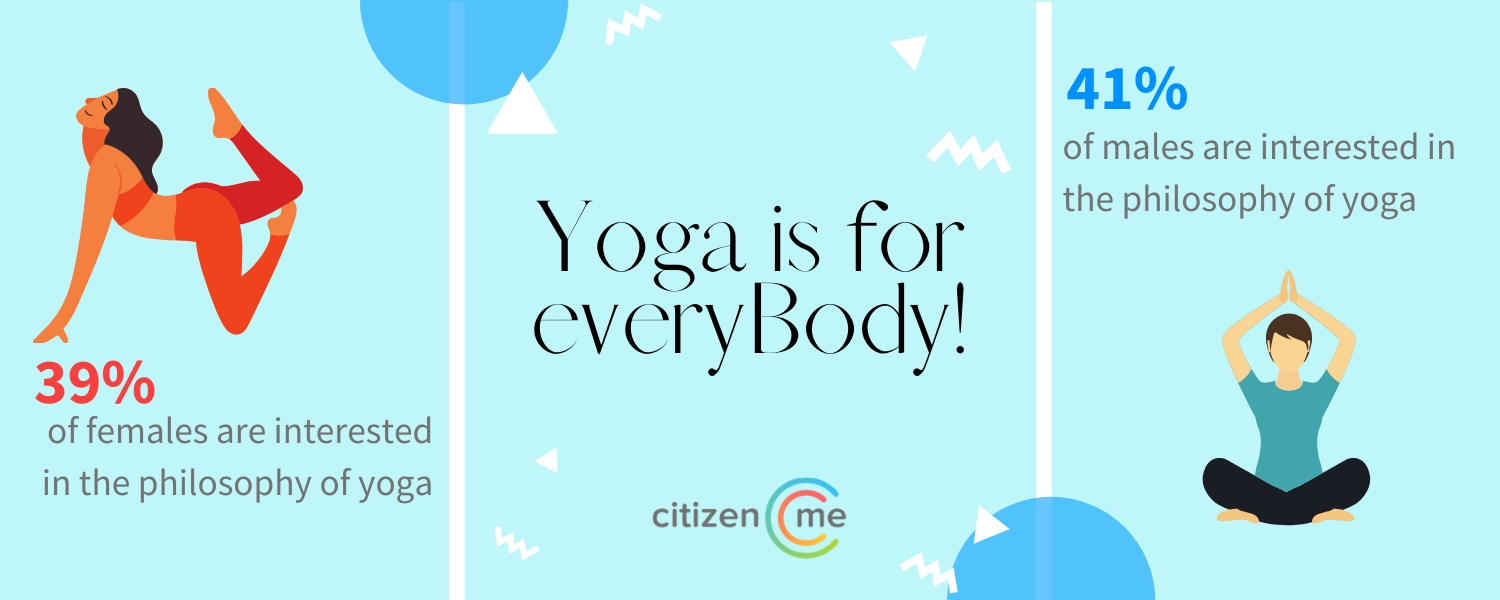
A common belief is that extroverts prefer being around people, so one might assume that a practice like yoga would be too boring for extroverts to do alone. Therefore, we asked Citizens whether they prefer home workouts, or group sessions in a studio. However, 22% of individuals higher in extraversion traits prefer doing yoga at home, compared to only 8% of extroverts who prefer going to a studio.
23% of respondents higher in neuroticism share that yoga calms their mind when they’re feeling stressed. Respondents higher in openness (36%) also say that they turn to yoga in times of mental chaos.
40% of Citizens who are generally considered to be more agreeable than not share the opinion that doing yoga at home is more pleasant than going to a studio.
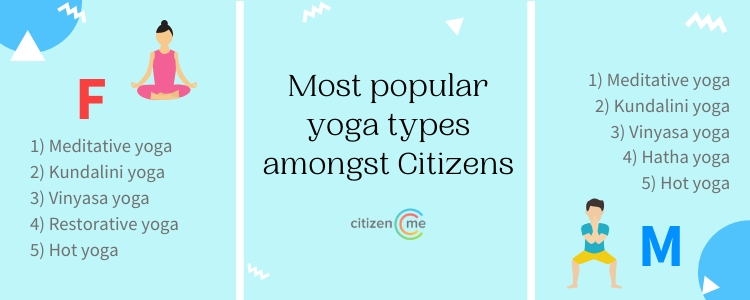
In contrast to common perceptions, only 23% of people higher in extraversion report preferring yoga with friends. Yet, as expected, people who tend to be more introverted genuinely enjoy practicing yoga by themselves. Indeed, only 18% of introverts say that they would choose to practice yoga with others.
Another popular hypothesis we investigated is that people low in extroversion will be keener to do yoga, as it is perceived as a practice of calmness and silence, where one must look inwards in order to succeed. As expected, only 6% of introverts agree that yoga is more of a sport than it is a spiritual practice.
The male-female ratio is pretty balanced: both sexes enjoy yoga practices, though, perhaps surprisingly, men are slightly more interested in the philosophy of yoga than women, with 41% and 39% respectively.
Yoga is widely associated with vegetarianism and veganism and we found that nearly one third of individuals with ‘sustainable’ diets practice yoga 2-3 times a week. Furthermore, 11% of veggies/vegans share that they have found their spiritual self thanks to the yoga culture. This is further supported by the finding that Meditative yoga is the most common type amongst the same group.
The foregoing statistical findings show us how certain societal stereotypes can be either fair or groundless. In order to justify the self-reported statistics, the data was analysed using machine-learning algorithms. This, of course, is not to say that we don’t believe in our Citizens, not at all! Our aim is to help Citizens get to know themselves better through the power of data analysis. For this reason, statistical formulas were used as a measure of predicting attitudes towards yoga with regards to the Big 5 personality traits. Let’s take a look.
Fact or fiction 1: Chilled people are more likely to do yoga.
Using a popular statistical analysis prediction model (Naive Bayes), we found that people who are most likely to do yoga for calming their mind are actually those with high levels of neuroticism (97.8 out of 100). As shown from the snapshot below, the chances of them being high in agreeableness and high in extraversion are also quite big:
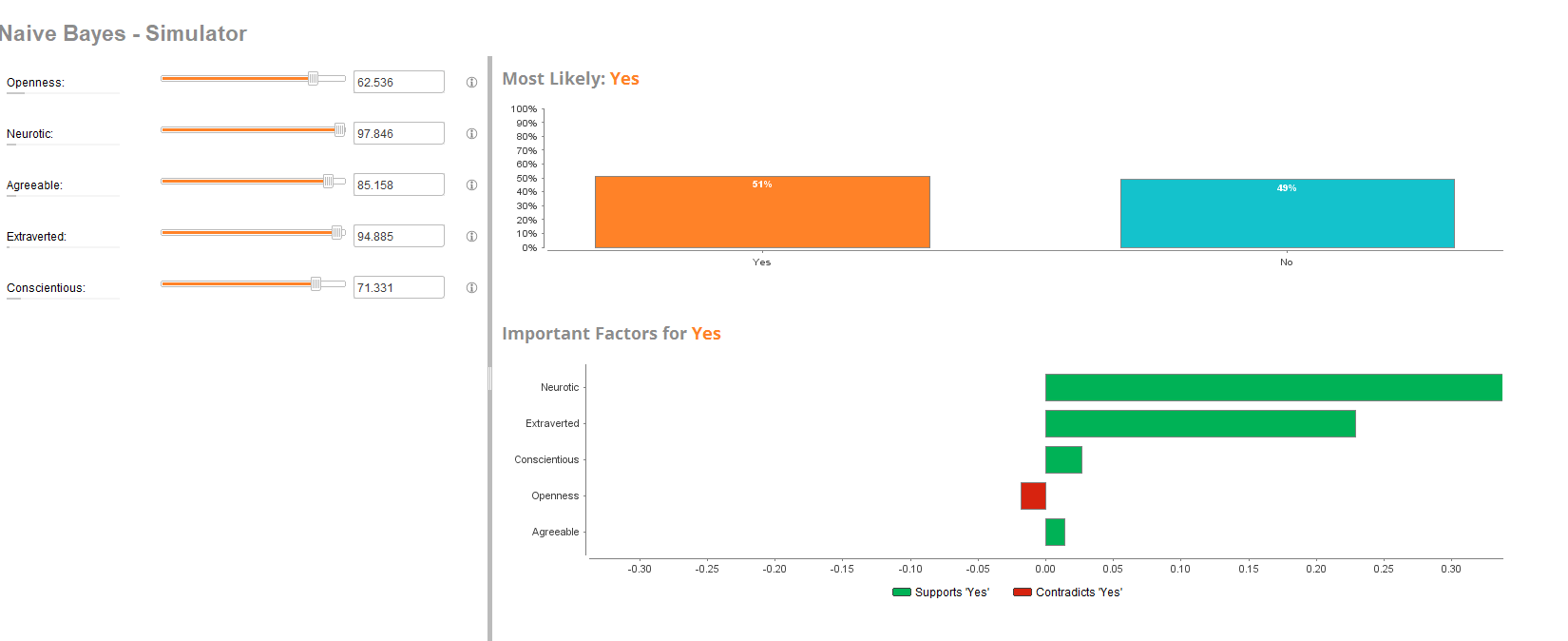
Figure 1.0: Naive Bayes model applied to people who say that yoga helps them calm their mind.
If we try to picture a person with these qualities, they would probably be turbulent, loud-speaking and outgoing, with many acquaintances, and who rarely slow down. Quite contrary to being chill and zen, am I right?
Therefore, according to statistics, number 1 is fiction.
Fact or fiction 2: Introverts are those who prefer doing yoga at home and alone.
When another behaviour prediction model (Generalized Linear Model) was applied to the same data, we found that the social category most likely to prefer doing yoga with friends or in a studio is actually the group of introverts:
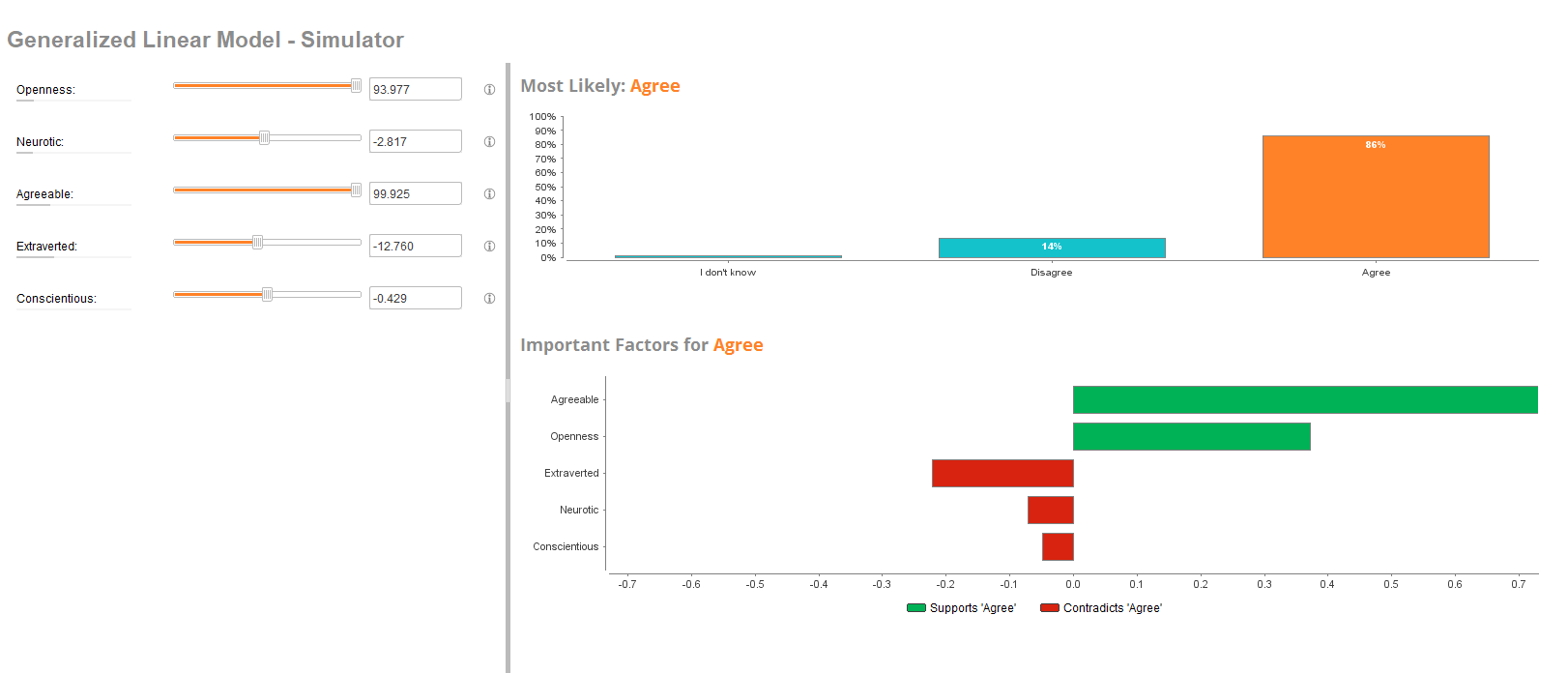
Fig. 2.0: Generalized Linear Model applied to the answer of the question: Agree/Disagree: “I prefer doing yoga with friends/in a studio rather than alone.”
We can see that the algorithm predicts a profile of a person with low extraversion (-12.8), low neuroticism, and pretty high levels of openness and agreeableness.
This would be the smiling girl from your yoga class who prefers the corners of the studio, who wouldn’t necessarily raise her voice but would engage in an interesting conversation…but only if you talk to her first.
Therefore, number 2 is also fiction.
There you have it: strong evidence that we shouldn’t blindly trust commonly-held beliefs or assumptions or what makes ‘common sense’. I am nowhere near claiming that this research is undeniably right, but it should be noted that the successful combination of qualitative research with mathematical models is as close as one can get to finding balanced answers.
Fact or fiction, myth or truth, I should make full disclosure that I practice yoga and personally find it very beneficial, for both my physical fitness and for my mental wellbeing. In my view, in these times of isolation, the more self-reflective and active we can be, the better the chance we have of adapting to the new normal.
- Posted In:
- Business blog
- Citizen blog
- Uncategorized


